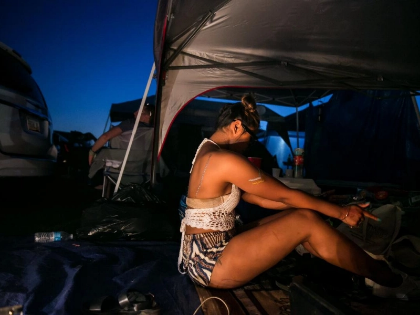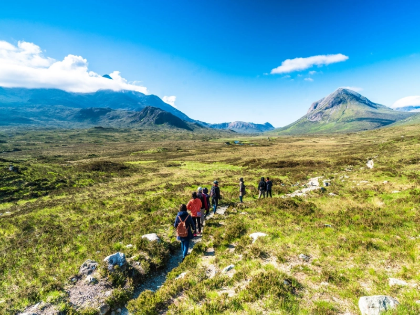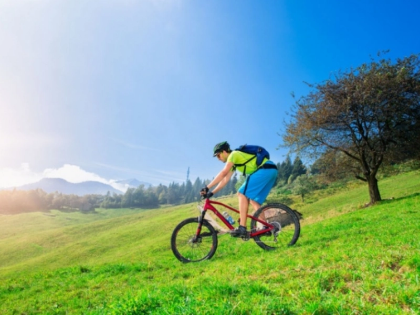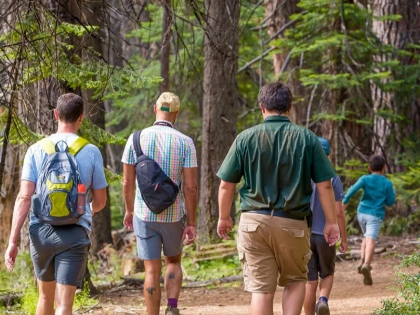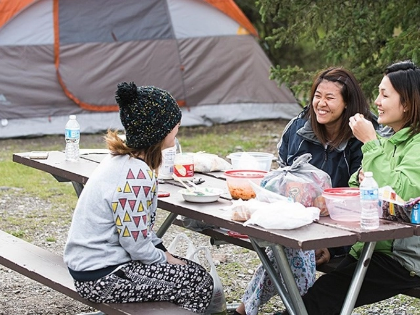What to Do When Going Downhill
There is very little traction when driving downhill. If you make a mistake, your front tire may end up skidding across the road, hitting a roadblock, or worse, coming off a slope completely.
Reduce the risk by braking the automobile with the engine running and going into lower gear. Avoid "riding" the brakes, as this might lead to heat buildup and brake failure.
Braking

It's crucial to keep in mind that gravity is against you when descending in a car or motorcycle and that stopping distances will be significantly greater than they are on flat terrain. If your car is equipped with it, you should use lower gears and engine braking to lessen the load on your brakes.
Maintaining the same body alignment as when riding on flats is crucial while applying brakes since it will stop your weight from moving forward over the front tire, which could cause it to spin or skid. Additionally, you should avoid riding with your arms fully extended since this may cause the front wheel to slide off of a gravel patch or rut.
When descending a slope, if your gearbox is manual, make sure to shift into the lower ratios. This will help you slow down without pressing too hard on the brake pedal. This kind of braking will lessen the chance of potentially failing, overheated brakes.
Engine Control
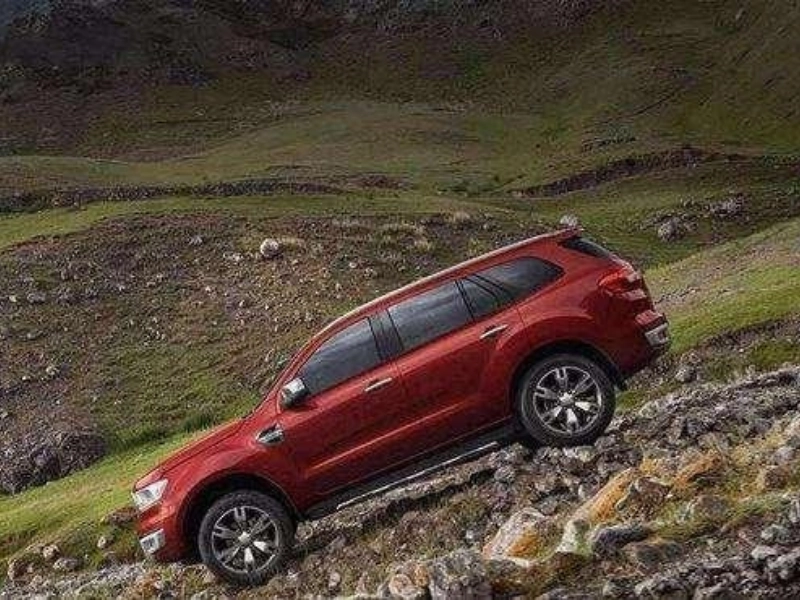
As you are aware, driving downhill demands greater concentration in order to maintain control. This is because there is significantly less traction available on hills than on flat terrain. Your engine will brake for you when you take your foot off the throttle, allowing you to maintain a safe speed. On steep climbs, however, persistent braking will cause the brakes to overheat and become unusable. A single error here might send you flying off the road entirely or, worse still, straight into a roadblock.
To save gasoline when going downhill, some drivers put their cars in neutral; however, this is against the law and unsafe. Additionally, it prevents you from using your car's engine brakes, which makes it difficult for you to respond swiftly to other road hazards. Instead, before you hit the uphill portion of the road, change into a lower gear and proceed cautiously. You can resume your acceleration after the slope is gone. Just be sure to apply the engine brake and apply the brakes correctly when turning.
Speed Control
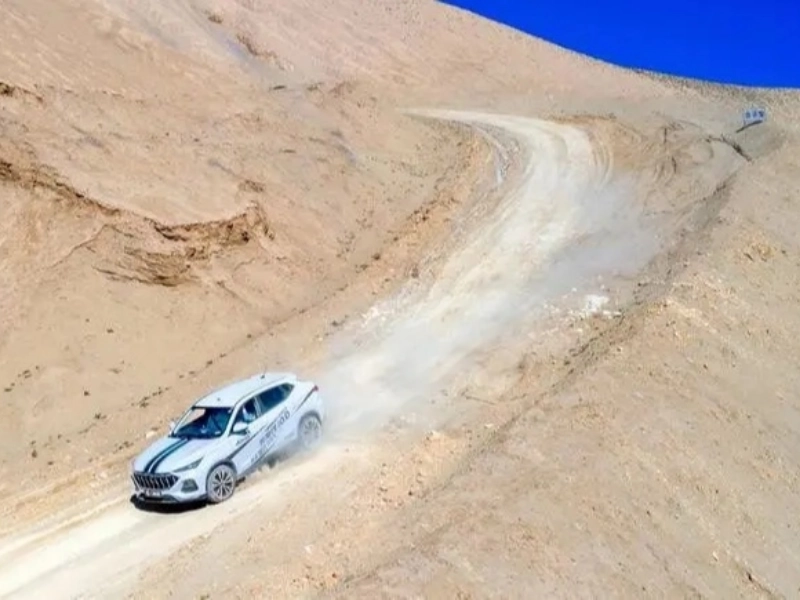
You have to maintain control of your pace when driving downward. Using the brakes sparingly and maintaining a safe distance between your vehicle and the one in front of you are two ways to do this. This will lessen the heat produced by continuous braking, which could lead to the overheating and failure of your brakes.
Reducing the gear you're in and letting the engine handle some of the braking for you is another method to manage your speed. It is crucial to keep in mind that engine braking is only effective at specific speeds; if you need to slow down for a curve or an emergency, it won't stop you.
On a steep incline, even a minor error might have disastrous consequences. This is due to the fact that traction is extremely important, and even a small deviation can cause the front wheel to lose grip and fly into the barricade or valley bottom.
Tires
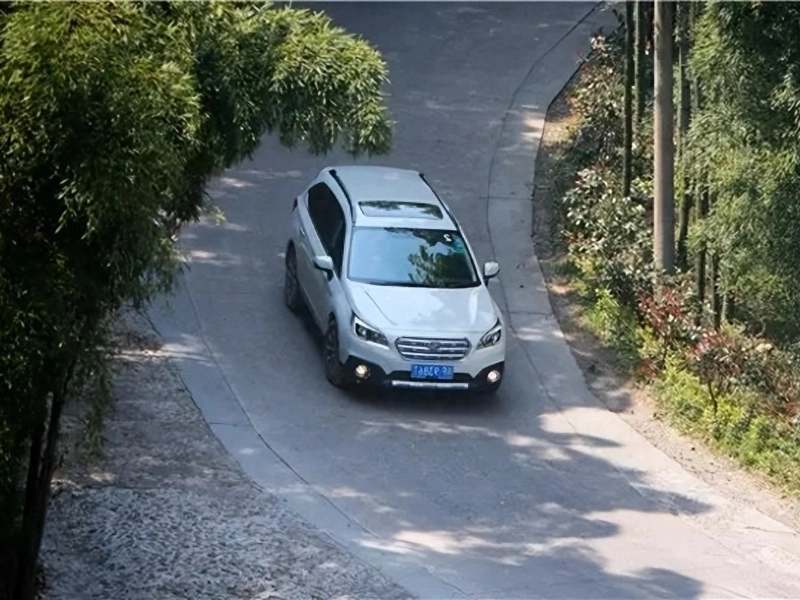
Traction is crucial when driving downhill, so choosing the right tire is essential. On a steep incline, a loose stone, a fallen boulder, a track of spilled diesel, or even a small amount of wet cow dung might cause the front tire to lose its grip.
Expert riders who depend on that locked-in feeling when cornering at high speeds could think about investing in a set of Maxxis Minion tires, which are widely recommended by top pros and made especially for downhill and enduro riding.
Generally speaking, shift down a gear or two before you hit the bottom of a slope. Steer clear of riding in neutral, as this takes away your control and inhibits engine braking. Brake failure can result from overheating the brakes and continuing to apply pressure. That is absolutely forbidden for any mountain rider!
